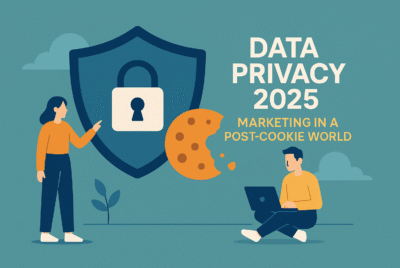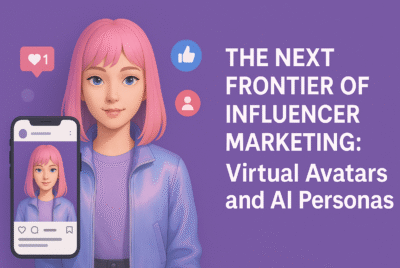AI is causing web traffic to plummet (unstoppably downward): this is how brands can defend themselves
HubSpot has launched a plethora of products specifically designed to combat the web traffic apocalypse that brands are currently facing.
It’s no secret that the resounding emergence of AI is causing a massive earthquake in web traffic, which is plummeting (in some cases quite dramatically) thanks to Google and its «AI Overview» and also ChatGPT and other AI chatbots.
By providing users with direct and concise answers to their questions, AI-powered results significantly reduce the need to click through to web pages (much to the dismay of both brands and publishers). The collapse in web traffic inevitably puts advertisers in a difficult position, particularly those who rely on inbound marketing to bolster their promotional efforts.
According to data managed by HubSpot, currently only 40% of Google searches result in a click. The American software multinational, whose client base is mostly made up of SMEs and some large corporations, focuses on CRM solutions and inbound marketing. Because the problem directly affects it, it quickly realized that a «web traffic apocalypse» was brewing (as HubSpot CEO Yamini Rangan refers to it).
Fighting the «web traffic apocalypse»
And precisely for this reason, HubSpot has launched a plethora of products specifically designed to combat this apocalypse. These products are adapted to a new reality in which SEO strategies alone inevitably fall short, and so-called AEO (AI Engine Optimization) must also be brought into the spotlight.
In the new context posed by AI, becoming visible to the eyes of major language models (LLM) is an absolutely unavoidable priority for brands, which, given that more and more queries are answered directly by ChatGPT and company, must devote a large part of their efforts to appearing in the answers provided by artificial intelligence.
HubSpot, for example, has unveiled an AEO tool that informs brands about their presence (or absence) in AI-generated responses. This tool also allows brands to identify which sources the AI draws from (blogs, product pages, or social media) and in what contexts they are mentioned by this technology. This HubSpot solution is, in any case, similar to the features already offered by other players such as Adobe, Salesforce, and Yext.
The company also insists that inbound marketing is by no means dead and is simply changing. Content, the main raw material of inbound marketing, remains in high demand by consumers, as was the case before AI came onto the scene, which has, however, led to a change in the rules of the game. Whereas before, everything began in the search box of search engines, now many people begin their customer journey by asking questions not so much to Google as to ChaGPT and other similar chatbots.
In the new era ushered in by AI, «inbound marketing» is mutating into «loop marketing,» a term HubSpot uses to refer to the constant (and literally looping) optimization that brands need to instill in their content.
With advertisers’ new needs in mind, HubSpot has equipped its Marketing Hub platform, for example, with AI-focused tools like «Marketing Studio,» which allows you to create entire campaigns (including newsletters, landing pages, or social media posts) from a simple briefing.
AI hasn’t killed inbound marketing; it’s changed it.
HubSpot has also launched new features on its Data Hub platform, which has been redesigned to connect, cleanse, and enrich the multiple data sources used within companies and thus create consistent and up-to-date datasets that can be directly integrated into CRM systems and marketing campaigns.
Furthermore, and in line with what many other martech solutions companies are already doing, HubSpot has launched more than 20 AI agents, which are now available on the Breeze platform. These agents allow, among other things, to identify potential customers, prepare sales staff for meetings and suggest strategies, create content for different platforms, or adapt existing content to channels other than the one for which it was originally designed.
Through Breeze Studio, HubSpot also allows brands to develop their own AI agents, adapt existing agents to align with their needs, or integrate third-party agents. The company is firmly convinced that the present and future of AI largely revolves around open ecosystems, and for this reason, in recent months, it has forged multiple alliances with platforms such as Canva, HeyGen, Synthesia, Deep Research Connector (ChatGPT), and Claude (Anthropic).
With its latest innovations, HubSpot aims to help brands not so much break into the top Google search results (which was previously the main objective) as become part of the answers (regardless of their form). In the new landscape shaped by AI, visibility no longer comes from mass but from relevance in the right places. Brands, therefore, no longer need to appear everywhere, but rather in the truly relevant channels (which are increasingly the results generated by AI). And HubSpot is ready to support brands so they can make their way to where the answers are, which are increasingly coming from the lips of AI, and when they do, they also bring very good news for advertisers. The company estimates that leads rooted in AI-generated results translate into three times more conversions than those from more traditional SEO.
Source: www.marketingdirecto.com






